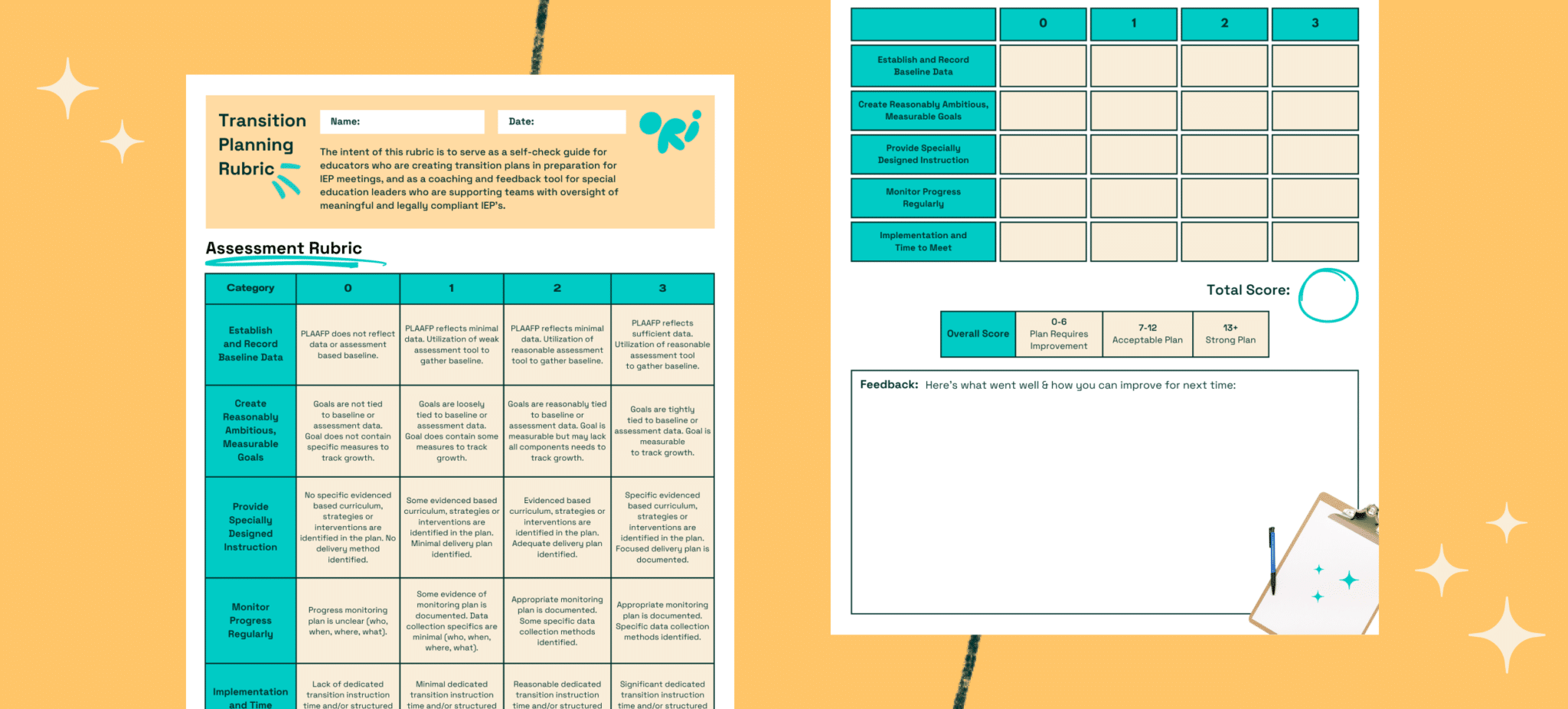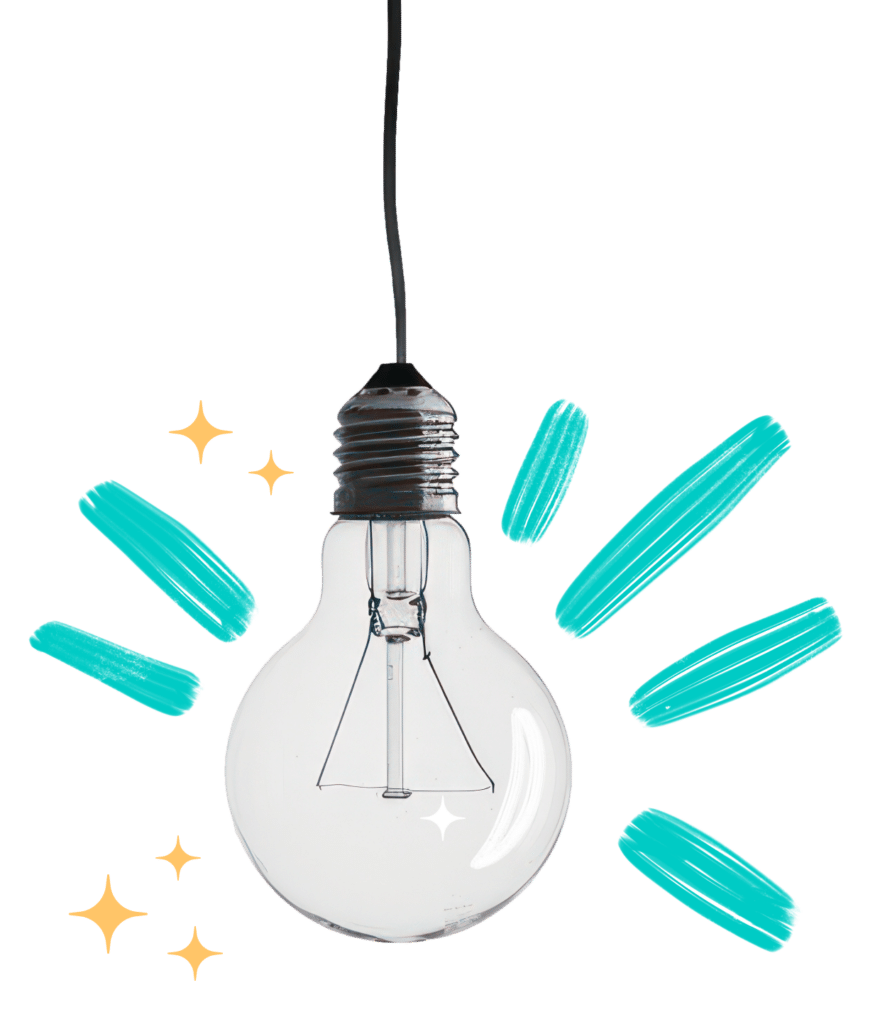

Special education is a field that demands continuous refinement and adaptation to ensure that every student receives the support they need to thrive. As our understanding of learning differences evolves and new research emerges, it’s crucial for educators to stay informed about best practices and implement them effectively in their classrooms. This comprehensive guide delves into the essential aspects of advancing best practices in special education, offering practical insights and actionable strategies for educators and administrators alike.
Key Takeaways:
Evidence-based practices (EBPs) form the foundation of effective special education. These practices are supported by rigorous research, demonstrating their efficacy in improving student outcomes. It’s important to distinguish EBPs from research-based practices, which have some empirical support but lack the extensive evidence base of EBPs, and recommended practices, which are often based on expert consensus but may not have been systematically evaluated.
Implementing EBPs in special education classrooms can be challenging due to various factors such as resource limitations, training needs, and the necessity to adapt practices to diverse student needs. To overcome these challenges, educators should:
School leaders play a pivotal role in promoting the use of EBPs and inclusive practices in special education. Effective leadership strategies include:
To operationalize these strategies, school leaders can:
Discover Ori Learning’s research-based transition curriculum.
Collaboration among special education teachers, general education teachers, and other stakeholders is essential for creating inclusive educational environments that meet the needs of all students. Research has consistently shown that collaborative practices lead to better student outcomes, increased teacher satisfaction, and more efficient use of resources.
However, effective collaboration can be hindered by various barriers such as time constraints, communication breakdowns, and differences in expertise and perspectives. To overcome these barriers, schools can:
Data plays a crucial role in informing teaching practices and interventions in special education. By regularly collecting and analyzing data on student performance and progress, educators can:
To harness the power of data-driven decision-making, schools should:
Ongoing professional development is critical for ensuring that special education teachers stay up-to-date with emerging best practices and continue to refine their skills. However, traditional “one-size-fits-all” approaches to professional development often fail to address the specific challenges and needs of individual teachers and school contexts.
To maximize the impact of professional development, schools should:
Advancing best practices in special education is an ongoing process that requires the commitment and collaboration of all stakeholders. By prioritizing evidence-based practices, fostering a culture of collaboration, harnessing the power of data, and investing in targeted professional development, we can create educational environments that truly meet the needs of all students.
As special educators and leaders, we have a responsibility to continuously refine our practices and adapt to the evolving needs of our students. By embracing the strategies and insights outlined in this guide, we can take meaningful steps towards ensuring that every student receives the high-quality, individualized support they need to thrive academically, socially, and emotionally.
Let us work together to build a future where best practices in special education are not just aspirational goals, but a lived reality in every classroom and every school.
